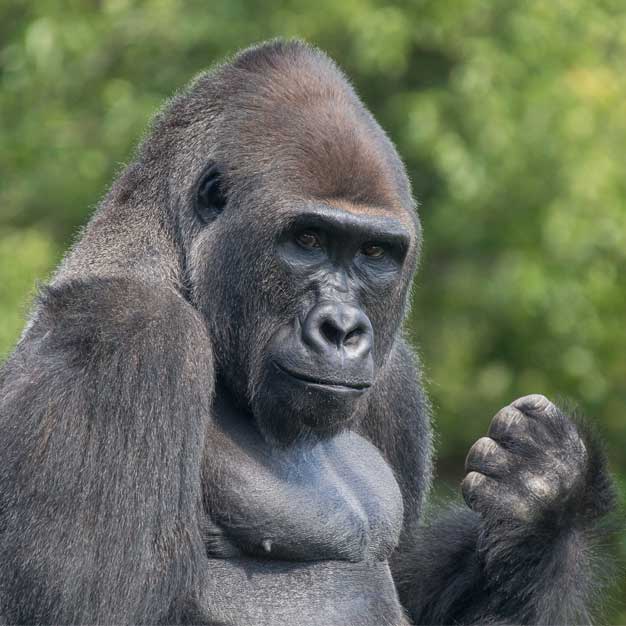The Marvelous World of Zoo Animals: A Photographic Journey
Welcome to the marvelous world of zoo animals ! A world where magnificent creatures of all shapes and sizes captivate our hearts and ignite our sense of wonder. From graceful giraffes stretching their long necks towards the sky, to playful penguins diving into the depths of icy waters, there is something enchanting about witnessing these creatures in their carefully curated habitats.
Visiting a zoo allows us to step into a realm teeming with life, where the animal kingdom unfolds before our very eyes. It is an opportunity to witness the diversity and beauty that exists within our natural world, all within the safe confines of a zoological sanctuary. The sight of a majestic lion, proudly basking in the warmth of the sun, or a mischievous monkey swinging effortlessly through the treetops, brings us closer to the extraordinary wonders of nature.
Zoo animals possess an innate ability to mesmerize us, drawing our attention with their unique characteristics and behaviors. Each animal represents a story waiting to be discovered, a fascinating chapter in the grand narrative of life on Earth. As we embark on this photographic journey, we will delve into the lives of these incredible creatures, exploring their habitats, behaviors, and the crucial role they play in our ecosystem.
So, grab your camera and prepare to be amazed, for the world of zoo animals is truly a wonder to behold. Join us as we embark on this captivating journey, immersing ourselves in the awe-inspiring realm of these remarkable beings. Let our visual exploration ignite a deep appreciation for the beauty and intricacy of the animal kingdom, reminding us of our shared responsibility to protect and preserve their precious existence.
Exotic Species on Display

Zoos offer a captivating glimpse into the diverse world of exotic species. Visitors are treated to a visual feast as they encounter a breathtaking array of animals from around the globe.
From the majestic Bengal Tigers of India to the playful Red Pandas of China, zoo-goers have the opportunity to observe these extraordinary creatures up close. The vibrant colors and unique features of these exotic animals never fail to leave a lasting impression on the minds of those lucky enough to witness them in person.
Moreover, zoos often play a vital role in conservation efforts, providing a safe haven for endangered species. Through education and awareness programs, visitors gain a deeper understanding of the challenges faced by these remarkable animals and the importance of their preservation.
In conclusion, the display of exotic species in zoos serves as a valuable reminder of the extraordinary biodiversity that exists in our world. It offers us a chance to appreciate the wonders of nature and inspires us to take action to protect and conserve these magnificent creatures for future generations.
Enclosure Design and Enrichment
Enclosure design plays a crucial role in ensuring the well-being and happiness of zoo animals. By creating habitats that closely resemble their natural environments, zookeepers provide a comfortable and secure living space for these marvelous creatures.
One important aspect of enclosure design is incorporating elements that allow animals to engage in their natural behaviors. For example, providing climbing structures for primates, swimming areas for aquatic animals, and hiding spots for nocturnal species are all essential in promoting their physical and mental stimulation.
Enrichment activities are another integral part of the animal's life in the zoo. These activities aim to keep the animals mentally active and prevent boredom. In addition to their regular diet, keepers often provide puzzles, treat-filled toys, or scent-oriented challenges to stimulate the animals' senses and encourage problem-solving.
Enrichment also extends to social interactions. Many zoo animals are highly social creatures, and living in groups allows them to exhibit their natural behaviors. Enclosures are designed to accommodate appropriate group sizes, making sure individuals can establish social hierarchies and engage in social activities such as grooming, playing, and communicating.
Overall, through thoughtful enclosure design and enrichment, zoo animals can flourish in their artificial habitats. The combination of creating habitat structures that mimic their natural environment, along with providing mental and social stimulation, greatly enhances their quality of life. By prioritizing their well-being, we can continue to marvel at these incredible creatures and appreciate the vital role that zoos play in their conservation.
Conservation Efforts and Education
Zoo animals play a crucial role in conservation efforts and education. By housing and caring for various species, zoos contribute directly to the preservation of endangered animals. Additionally, they serve as educational institutions, providing visitors with valuable knowledge and insights into the marvels of the animal kingdom.
Through active participation in breeding programs, zoos aim to increase the dwindling populations of endangered species. These programs focus on maintaining genetic diversity and preventing further declines in numbers. By successfully breeding and reintroducing animals to the wild, zoos actively engage in the conservation of some of the world's most threatened species.
Furthermore, zoos offer educational programs that serve as powerful tools for raising awareness about conservation. By providing opportunities for close encounters with animals, zoos create memorable experiences that inspire visitors to develop a personal connection with wildlife. Through interactive exhibits, educational talks, and guided tours, zoos encourage the public to learn more about various species and their habitats.
Zoos also collaborate with scientific research institutions to advance knowledge in the field of wildlife conservation. By studying the behavior, physiology, and reproductive patterns of zoo animals, researchers gain valuable insights that can be applied to both captive breeding programs and conservation efforts in the wild. These findings contribute to ongoing scientific studies and further enhance our understanding of the animal kingdom.
In conclusion, by actively participating in conservation efforts and providing educational experiences, zoos play a vital role in supporting the survival of endangered species. Their commitment to preserving biodiversity and raising public awareness ensures that future generations will continue to marvel at the wonders of zoo animals.